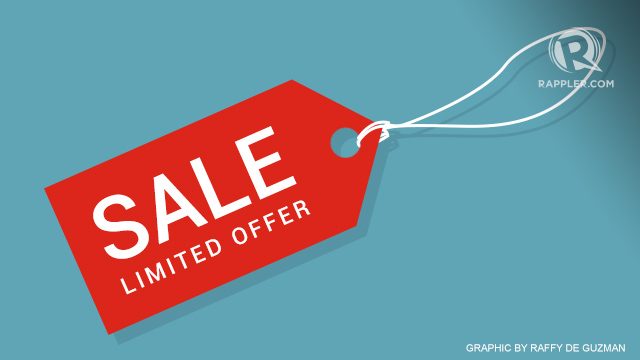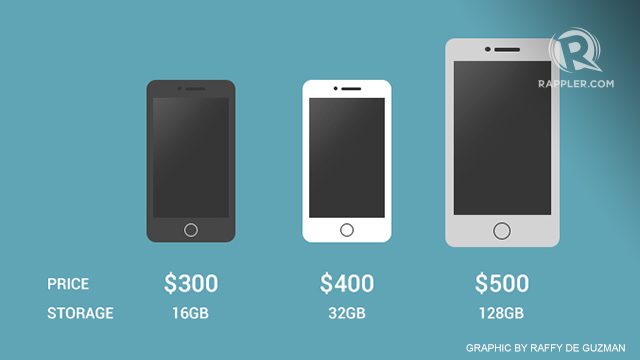SUMMARY
This is AI generated summarization, which may have errors. For context, always refer to the full article.

MANILA, Philippines – What on earth does psychology have to do with your business? Surprisingly, a lot. Businesses in general are run by and for people, so it only makes sense for a savvy businessman to have a meaningful grasp on what makes people tick.
Psychology is all about knowing how to motivate your employees not just to work hard, but to work harder than the rest. It’s about knowing how to get your customers to “add to their carts,” and keep them coming back for more.
After all, human behavior is the force behind the imminent success (or failure) of your business. So, your understanding of the human psyche is ultimately what’s going to shape your leadership style and your business models.
It’s time to brush up on your Psych 101, folks. Here are some useful psych concepts to get your business running – and thriving.
For your employees
Back in the 1920s, scientists from Hawthorne, Chicago wondered how working conditions affected productivity by observing employees and changing up the lighting. But what was originally intended as a study on environment and productivity turned into a different discovery: the power of observation.
According to the Hawthorne Effect, employees are more productive when they know they’re being watched. Something as simple as telling your employees that you’ll check up on their work periodically is likely to spur better output.
However, there is a fine line between being an avid observer and a meddling micro-manager. Keep in mind that the latter has an opposite effect on employees, and will leave them disengaged and demotivated.

As opposed to intrinsic motivation, which is simply an individual’s innate drive, extrinsic motivation is a useful psych tool in the office. You’ll see these in the form of commissions, awards, or recognition of certain employee behaviors or achievements. Basically, it’s giving an incentive for employees to work harder or reach certain targets.
For example, companies with a large sales force can use internal rewards systems as a premium for employees with the highest sales. Offering commissions and incentives beyond cash makes this even more enticing.
Of course, this would only work if the premium is desirable enough to inspire motivation. If you make it difficult for your employees to redeem their reward, then the extrinsic motivation would wane. If you practice extrinsic motivation, consider digitizing your rewards program to streamline the rewards process and ensure happy workers.
For your customers

This concept is related to Extrinsic Motivation. It’s a really basic principle that is founded on the idea that all good deeds should be rewarded in kind. So if you’re a businessman, thank your customers for patronizing your business by giving them a little token of appreciation. It could be anything from a coupon or a discount voucher, or an actual gift item, but whatever it is, it builds trust between buyer and seller. And it also gives customers a reason to come back.

Nothing induces buying decisions more than when a store clerk says, “Sorry ma’am, this is last piece.” Scarcity is the ultimate temptress when it comes to shopping because it offers customers that sense of good fortune – that, “Oh, this <insert item> is really meant for me!” moment. The “Limited Offer” tag also anticipates the regret your customer would feel if they didn’t snag that opportunity to grab the last piece. You know what they say, people always want what they can’t have.
This principle relates to the formula of supply and demand, wherein the rarer a product is, the more valuable it becomes. To use it in your business, you need to let people know what they’re missing out on. When people go through your shop, you have to flag the ones that are low in stock. The scarcity ignites this sense of urgency. Saying there is only one more stock left is another way of exclaiming, “Buy now! Buy now!”

An especially effective tactic in pricing models is the Decoy Effect, wherein you would include one price point — aka, the decoy — to influence customers to choose the most expensive option. Take this example outlined in Dan Airley’s TED talk, “Are we in control of our own decisions?” where The Economist magazine offers three different subscription packages:
- Online subscription: $59/year
- Print subscription: $125/year
- Online and print subscription: $125/year
The print subscription costs just as much as the online and print subscription combined, which, at first glance, makes the combo option the obvious choice since it offers the most bang for buck. The print option offers a frame of reference, showing people what a great deal the combo subscription really is. But when the print option is removed, a study showed that people preferred the cheapest option more.
These are just a few useful concepts you can use to boost your business. Keep these mind the next time you’re coming up with your new business model. – Rappler.com
Add a comment
How does this make you feel?
There are no comments yet. Add your comment to start the conversation.